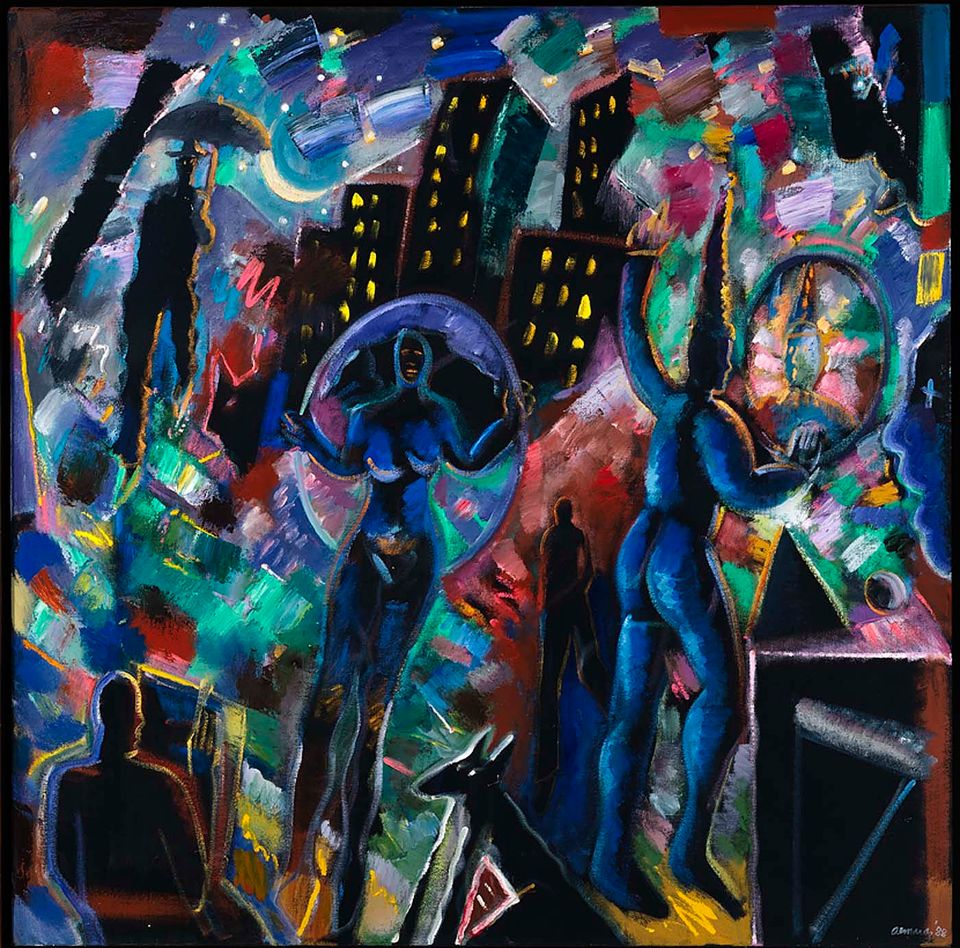Artwork Details
- Title
- Crystal City
- Artist
- Date
- 2009
- Location
- Not on view
- Dimensions
- dimensions variable
- Copyright
- © 2009, Franco Mondini-Ruiz
- Credit Line
- Gift of Henry R. Muñoz III in honor of Debra Guerrero
- Mediums Description
- mixed media installation, including glass, crystal, silver, plastic, and ceramic objects
- Classifications
- Object Number
- 2013.48.1
Artwork Description
Our America: The Latino Presence in American Art, 2013
El título de Crystal City proviene del pueblo que desencadenó el movimiento chicano por los derechos civiles en Texas. Mondini-Ruiz juega con la palabra cristal para reunir objetos diversos —copas de cristal, cubiertos de plata, espejos y chucherías — organizados para que parezcan una ciudad vista desde lo alto. Al unir objetos que comparten propiedades preciosas y refractivas, Mondini-Ruiz expresa sus ideas sobre lo que motivó la búsqueda de la igualdad de derechos. Los dirigentes de los derechos civiles lucharon para que los latinos fueran considerados miembros valiosos de la sociedad y para que fueran integrados (o “reflejados”) en el tejido social y político de su comunidad. El deseo de movilidad social —un resultado tangible de la igualdad de oportunidades simbolizada por los objetos vistosos coleccionados aquí— también desempeñó un papel en el movimiento.
Nuestra América: la presencia latina en el arte estadounidense, 2013














